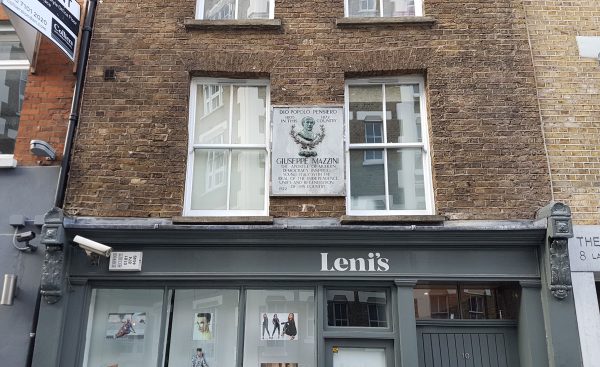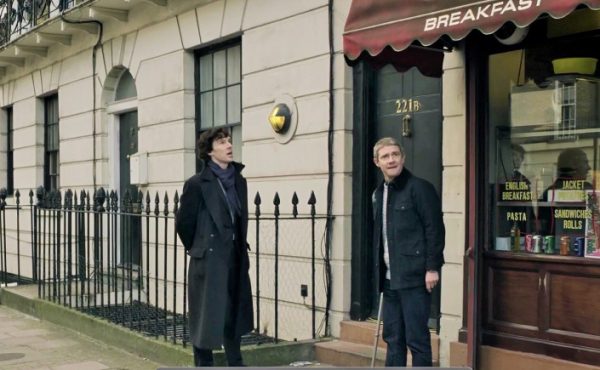Not far from Holborn in a part of town known as Little Italy is a plaque in memory of the man credited with the founding of modern Italy.
It is often forgotten by those of us not familiar with Italy’s history that for most of the Christian era, the area was mainly a collection of city states with the Pope ruling the middle part, and foreign Emperors controlling the rest.
In the 19th century, tired of often being ruled by distant and uninterested monarchs, there was a growing movement for Italian unification, but would it be a monarchy or a republic.
One of the agitators for a Republic was Giuseppe Mazzini, a politician and journalist who worked for the unification and is also credited for the modern European movement for popular democracy in a republican state.
His exploits are many and varied, but he was forced to spend several periods of exile in London.
The first was from April 1840 where he spent his time in London in a house near Euston writing for support, and campaigning for his vision of the unification of the Italian states. He also supported violent protests in Italy, and while that was not supported by the British, he gained a lot of sympathy when it turned out the British government was spying on his letters and warning their European counterparts of Italian riots and insurrections.
He moved around Europe for a few years, returning to London in 1847 briefly but in 1849 a republic was declared in Rome with Mazzini as its leader. It was short lived as Pope Pius IX called in French troops to depose the upstart.
He spent the next few years in hiding and plotting, having been sentenced to death by the Genoa government, and in 1858 returned to London.
Although advocating for a republic, it was a monarchy that finally secured the unification of Italy in 1861, although he still agitated for a Republican government.
In 1870, he tried to start a rebellion in Sicily, and was arrested and imprisoned in Gaeta. He was freed in October, in the amnesty declared after the Kingdom finally took Rome, and returned to London in mid-December.
He died in 1872, having returned to Italy the previous year.
Although his contribution to the cause is sometimes disputed, he is remembered by two plaques in London.
One is a blue plaque on the house he occupied near Euston — and by coincidence, it’s next to the building used by the BBC for filming their modern adaptation of Sherlock — resulting in the blue plaque being covered over by a wall lamp.
Which seems a bit rude.
The other grander plaque though is on a small side street in Holborn, above a shop and was installed in 1922. The site is significant, as in April 1864 at the Italian Operatives Society, Giuseppe Garibaldi visited Mazzini and they founded a society that still exists today, the Mazzini-Garibaldi Club, which later moved to 10 Lystall Street — where the plaque is.
In the 1980s it used to be painted, which made it more noticeable. Today we might aesthetically prefer the plainer design, but I think a bit of restoration wouldn’t go amis.










That should be Laystall Street not Lystall Street.